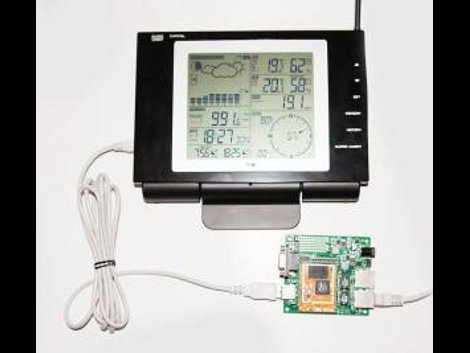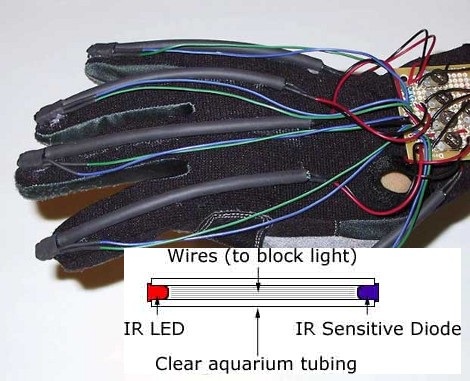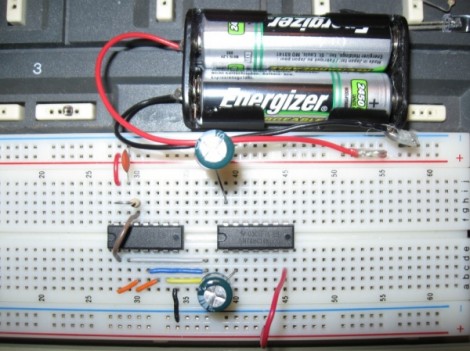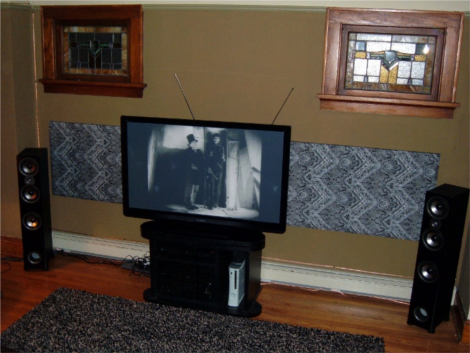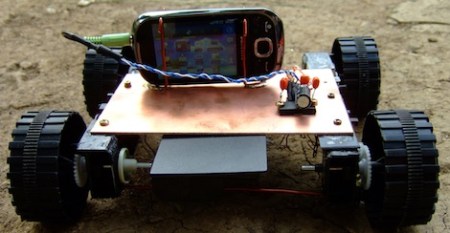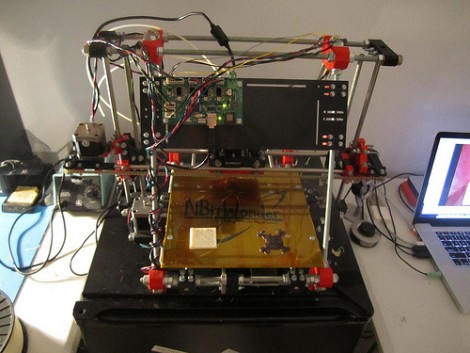
Behold, another RepRap springs into existence! Well, springs might not be the best choice of words, it took a while and there were many bumps in the road. But [NBitWonder’s] self-built RepRap is now finished and you can read his 14-part build log to see all that went into the process.
We checked in on the project at one of the early stages. At that point he was just beginning to assemble the hardware and we mused that the calibration stage is where we thought things would get exciting. The project didn’t disappoint, as he had many follies getting the extruder heads to work. At first some issues popped up when figuring out what diameter filament would work for the print head he was using. Once that was worked out, a less-than-precise PID controller led to the clogging and eventual destruction of the extruder tip. He goes on to assemble and test a heated build platform only to discover that the resistors shipped with the hardware are shockingly underrated for the task. We could go on and on, but that would ruin the fun for you. Bookmark this one for the weekend and enjoy!

